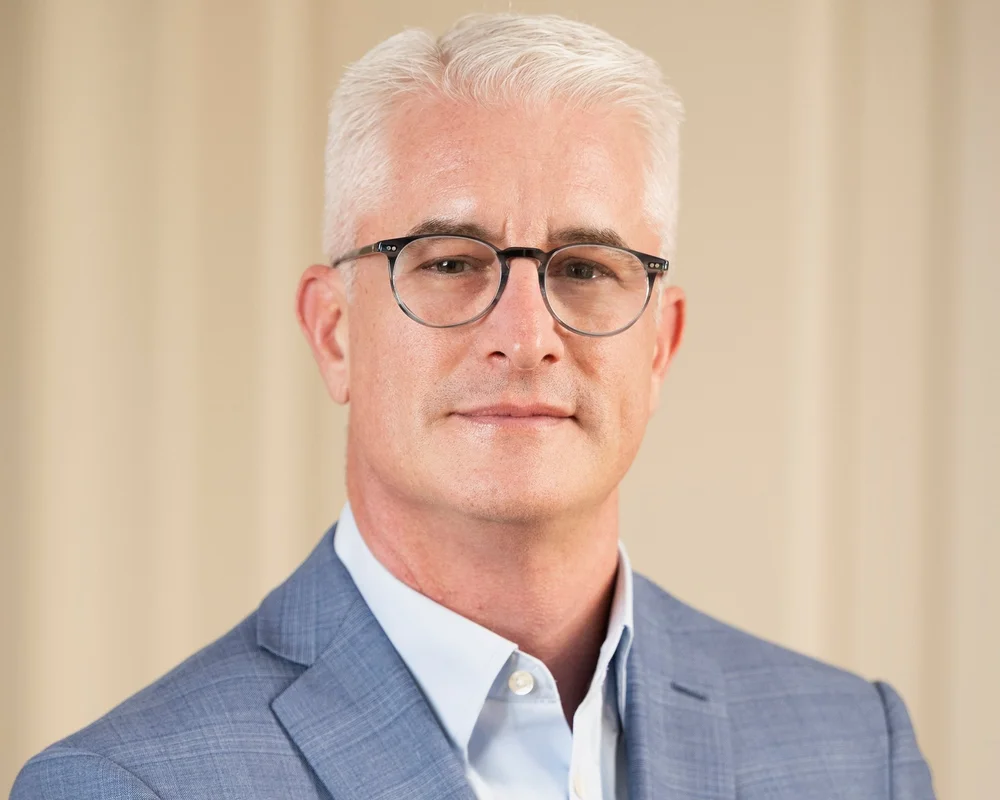
All that infrastructure that is getting built for 5G will be doing more than transmitting cat videos and social media notifications. The many efforts around the world that fall under the umbrella of the ‘Smart City’ are preparing to put it all to the test. With us today to talk about the perspective of BT Wholesale on making the promises of those future Smart Cities into a reality is Jamie Hayes, Mobile Network Operators Director. Jamie joined BT back in 2017 after a 5 year stint at Ericsson.
TR: Why is connectivity vital for smart cities?
JH: In order for the smart city vision to take off, driverless cars, artificial intelligence, smart lighting and parking need to be underpinned by strong, reliable connectivity. These technologies have the power to create economic growth whilst improving sustainability and better access to public services. But without the fundamental connectivity in place, this image remains a pipe dream.
A converged solution that brings fixed and mobile connectivity has the ability to make a functioning smart city a reality. With 5G becoming more accessible, greater coverage, speed, reliability and bandwidth can support interconnected devices, working within a network infrastructure of small cells. This technology offers low latency to improve capacity and coverage in areas with poor network quality, which is instrumental to the success of the smart city roll-out.
TR: Why should we work closely with councils and local authorities?
JH: Councils and local authorities are best placed to provide better services for communities. Their relationships and local expertise mean they understand what their regions want and need, and they require infrastructure partners who share such visions.
We’re seeing an acceleration from local authorities across the country taking steps to make their regions more connected, particularly in response to the pandemic. From deploying 5G, to fitting street furniture that can help monitor for air quality and pollution, citizens are benefitting from greater connectivity and the benefits to inclusive growth, sustainability and health and wellbeing that can bring.
Of course, as new and enhanced digital capabilities are introduced, we must work with local authorities so that no one gets left behind. Digital skills are vital to ensuring all benefit from technology and that the technology divide isn’t made wider. Connecting for good means connecting everyone.
TR: How can virtual operators work with telecoms/infrastructure providers to create seamless installations? What are the pitfalls to avoid?
JH: The rise in a demand for connectivity – anywhere anytime – is why BT Wholesale is a leading MVNO provider. With more than 40 MVNO brands across our network, we expect to grow over the next 18 months, with new partnerships. Our partners work with us because they value our focus on growing wholesale partnerships, our innovative business models, our market expertise and, of course, the value that the UK’s number 1 network brings to their business.
Working closely to provide seamless installations is important, with connectivity at the core. For instance, our partner, Cubic Telecom, has customers which demand the network their vehicles rely on is serviced by the best mobile coverage they can possibly get, so their vehicles are constantly connected regardless of geography and at whatever speed they are travelling. Cubic Telecom works with BT Wholesale as the telecoms provider to evolve and innovate its offerings for the future, in order to continue to transform the level of information and services UK vehicle owners can access, to enrich their safety and general driving experience.
TR: What role do different small cell architectures have to play?
JH: Small cells have an important role in the future of mobile – the technology supports the improvement of the speed and coverage in areas of both high- and low-density activity.
Today’s radio access network (RAN) most commonly has a Distributed-RAN (D-RAN) architecture, made up of a number of base stations located at cell sites like rooftops, to provide connectivity. The base stations comprise baseband units (BBUs), antennas, radio frequency (RF) equipment, and digital processors to transmit mobile traffic from a mobile device to a mobile operator’s core network.
In other words, the whole base station is located at the cell site. As a distributed network, processing power is shared between many different base stations, each of which can function independently of the others. But D-RAN architecture can be economically inefficient: renting space to accommodate a base station can be expensive, especially in a city, and the cost electricity to process rising amounts of data can be considerable.
Further, most base stations were designed to meet the maximum capacity requirements of a particular area, so many are underused much of the time and deliver poor return on investment.
As 5G and massive IoT deployments put pressure on mobile operators to deliver greater connectivity and coverage, they need for a cheaper, more efficient RAN architecture.
Small cells future proofs the network and boosts performance, and as these technologies advance, C-RAN architecture will also come to the fore – which I have delved into below.
TR: In what ways must current small cell technology continue to evolve as 5G deployments accelerate?
JH: To support the level of bandwidth needed, 5G deployments must accelerate as coverage expands. Small cellsprovide a fast and flexible way to meet rising demands. They can provide coverage in areas which are difficult for macro layers to reach, which ensures reliable, uninterrupted connectivity – no matter the location.
5G technology provides super-fast, low latency connectivity and will become critical for businesses over the next few years and will likely become the backbone of the UK. It will be a necessary component of the future digital infrastructure landscape.
TR: Why is it important for future small cell deployments to be disaggregated and virtualised to support new network demands?
JH: Huge 5G and IoT deployments have put pressure on MNOs to deliver greater coverage so an efficient central system is needed to support the roll-out of small cells. Under the current RAN architecture, each mobile operator would need to install its own capacity which isn’t feasible, sustainable or cost effective. Disaggregating the small cell network would provide a dynamic approach to network capacity and facilitate a move away from existing D-RAN and cloud based (C-RAN) systems. Small cells can host multiple network capabilities from a single site under this system, which improves efficiencies, both economic and operational.
Virtualisation creates a neutral small cells network which is shared amongst MNOs. This allows many operators to use the same network, without impacting performance, reliability and quality. It’s cost effective too, as virtualisation enables mobile operators to deploy 4G and 5G on the same structure, which is managed by a centralised infrastructure, so it can be altered to meet changing demands.
TR: How does such disaggregation and virtualization benefit MNOs?
JH: Poor connectivity has real business implications, it can impact the company’s reputation and economic performance if customers aren’t receiving the coverage they’d expect. To prepare for the future, it’s imperative that MNOs adopt a small cells architecture which is both disaggregated and virtualised.
Disaggregated small cell networks have a simpler deployment model, allow a more dynamic allocation of network capacity and be done in parallel with a move from D-RAN to cloud- or centralised-RAN (C-RAN) architecture. These small cells can host multiple network functions from a single site, greatly improving operational and economic efficiencies.
In a C-RAN architecture, the base station is split up: the radio units stay at the cell site, but the baseband units are aggregated into a centralised location. For example, the small cells’ baseband units are hosted in an exchange or central office, rather than on-site, and connected to radio units via high speed links such as a fibre. When software performs the function of a base station, this virtualisation means several logical base stations can co-exist on the same piece of equipment, and control functions can be centralised.
The combination of disaggregation and virtualisation means mobile operators can deploy 4G and 5G on the same structure with centralised infrastructure to manage spectrum, altering it on demand to meet fluctuating peaks and troughs in particular areas.
Virtualisation also means that volumes and costs can be shared between operators. As demand for higher data and speed continues to rise, installing ever more macro sites that deliver coverage for one operator is not feasible. A neutral, shared small cell solution allows multiple operators to take advantage of the same network, without compromising reliability or quality.
TR: Thank you for talking with Telecom Ramblings!
If you haven't already, please take our Reader Survey! Just 3 questions to help us better understand who is reading Telecom Ramblings so we can serve you better!
Categories: Industry Spotlight · Wireless






Discuss this Post